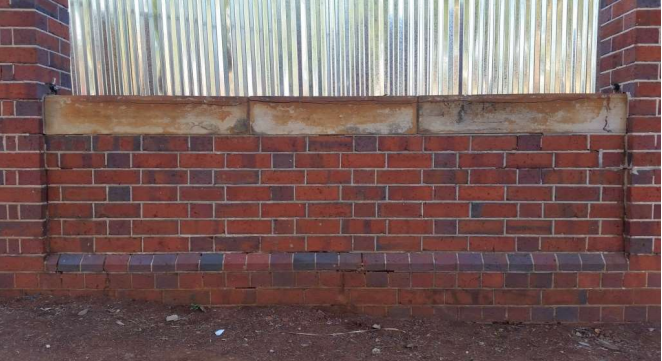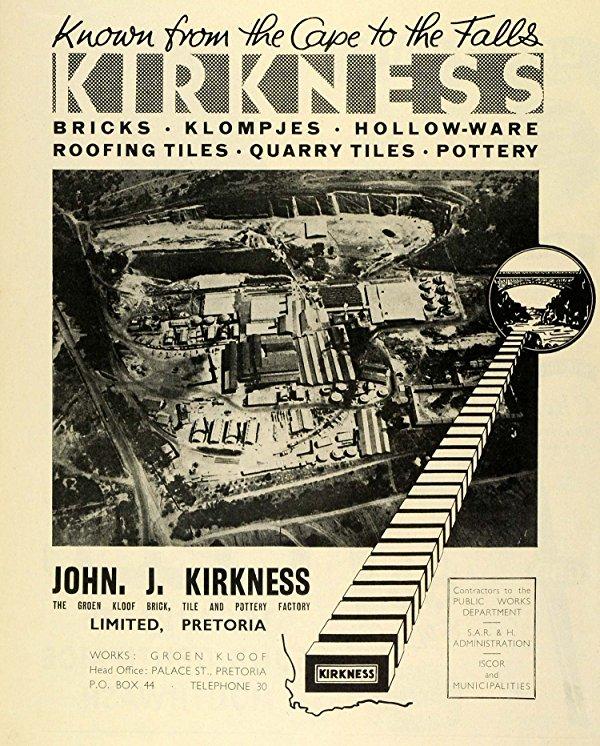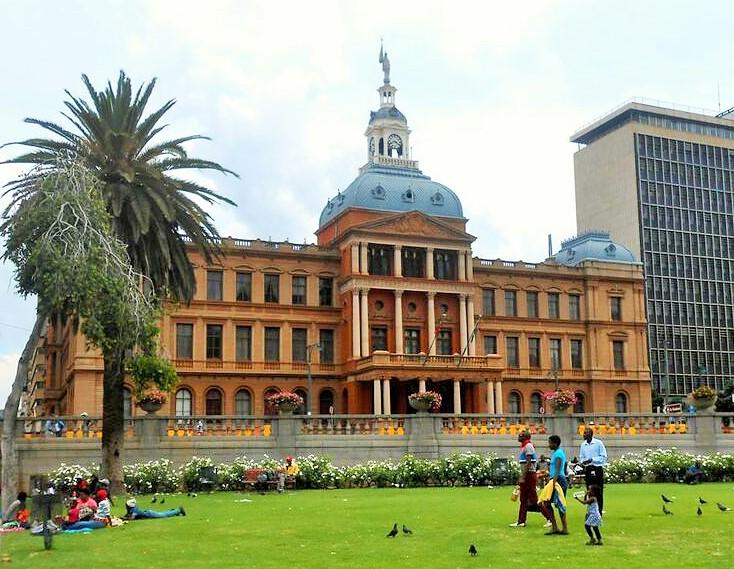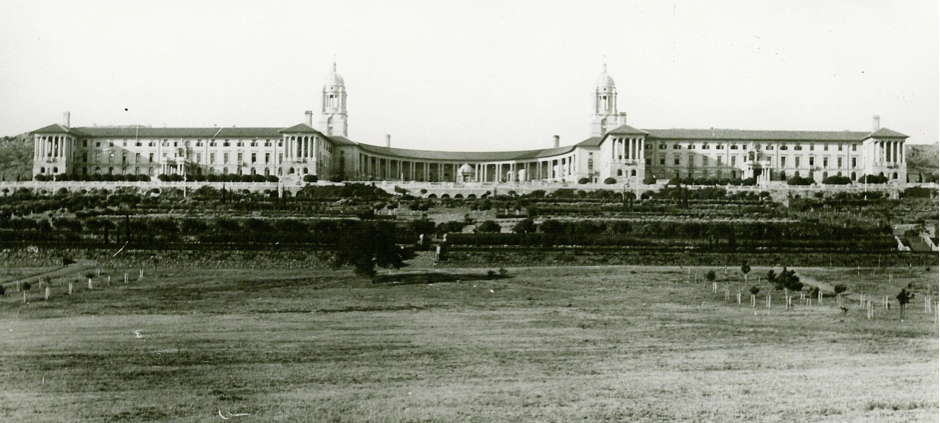
Disclaimer: Any views expressed by individuals and organisations are their own and do not in any way represent the views of The Heritage Portal. If you find any mistakes or historical inaccuracies, please contact the editor.
In the article below, Adrian de Villiers (Chief Architect Heritage Advisory Services at the Department of Public Works) explores the history and legacy of the brickfields of John J Kirkness. The piece first appeared in the December 2017 edition of The Arcadian. Thank you to the Arcadia Residents and Ratepayers Association (ARRA) for giving us permission to publish.
Many of you may have, at some time, come across a brick in the garden reading ‘KIRKNESS’ or ‘PRETORIA’ imprinted onto the frog (stamped depression) of the brick. John Johnston Kirkness and his unmistakable rich red-to-purple clay brick has left an indelible legacy on hundreds of the buildings and homes we live in, located in older parts of Pretoria. The vast majority of houses in Arcadia are certainly built with bricks from KIRKNESS.
This treasured brick heritage came from the brickfields of John Johnston Kirkness who was born on the 1st April 1857 on the Orkney Islands in North Scotland. Beyond kilns and building, Kirkness played an active role in the economic, cultural and religious life of Pretoria and was the fifth mayor of the City. He died at the age of 82 years on the 13th June 1939, in Pretoria.
John J Kirkness Advert (PeriodPaper LLC-Collectible Original Print Archive)
Kirkness's building education commenced at the Heriot Watt College in Edinburgh where he studied a Diploma in Building Construction; then completing an apprenticeship in joinery to work as a carpenter at a Glasgow company. At the age of 22 he left Scotland for South Africa. After managing several building contracts (including bridges) throughout South Africa, he returned to the Orkney Islands and married his wife, Mary Ann Baikie in 1884 at Kirkwall. JJ Kirkness returned to South Africa with his wife in 1887 and established himself in Pretoria, commencing with the construction of the new Raadsaal for the Transvaal Republic on Church Square. With the wealth that gold had brought to the Boer government of the Transvaal Republic, the Public Works Department was able to plan for larger, better buildings and this stimulated the growth of the building industry in both public and private sector. It was at this time that companies such as Kirkness and Pretoria Portland Cement came to the fore.
Raadsaal (The Heritage Portal)
In 1888, JJ Kirkness took over the Groenkloof Brick, Tile and Pottery Factory plant, which became John J Kirkness (The Groenkloof Brick, Tile and Pottery Factory) Ltd. If you have lived in Pretoria for some years you may remember the enormous quarry, the red brick kilns and remnants of their black-burnt chimney stacks as one drove along George Storrar Road from Fountains Circle . The quarry was later filled and the site is now occupied by the sports fields of the University of Pretoria’s Faculty of Education.
Kirkness manufactured a wide variety of clay products from bricks, specially-shaped bricks, quarry tiles, roof tiles, chimney pots to plant pots and flower bed borders, which you may well still have in your own historic Arcadia garden.
Kirkness provided material, not only to Pretoria, but throughout South Africa, as well as to neighbouring countries and on occasions as far afield as Great Britain. Herbert Baker specified Kirkness quarry tiles and clay flower pots for the construction of South Africa House in London. The Groote Schuur Hospital in Cape Town and the Salisbury Post Office (Harare) had roof tiles from Kirkness. Herbert Baker made sure to use Kirkness bricks, pots and tiles at the construction of the Union Buildings.
Union Buildings circa 1920 (via ARRA)
Many Arcadia homes still have their detailed ‘klompje’ fire place, which was sold by ‘Kirkness’ in a kit form, to various designs. The attractive fire places in hundreds of homes and public buildings, certainly promoted the use of Kirkness bricks.
JJ Kirkness’ head office was on Church Square in the two-storey 1910 Bank of Africa Building (Kirkness Building) which today is home to the Post Office Museum.
These beautiful full-baked and robust red bricks show little to no intention of weathering away from the day they left the kiln in Groenkloof and they shall certainly continue to give our homes and public buildings their solidity and strength for generations to come.
Here are some familiar buildings built by JJ Kirkness in Pretoria
- St. Andrew’s Presbyterian Church, Francis Baard Street
- The Raadsaal on Church Square
- The Old Arts Building (Ou Lettere Gebou) University of Pretoria
- Lion Bridge over the Apies River (formerly Arcadia Bridge) The four cast iron lions were donated by Sammy Marks
- School House, Pretoria Boys high School • The Normaal College, Rissik Street (now owned by Unisa)
- The Union Hotel, Church Street (now the Pretoria Naval Mess)
References for this article are available on request.
Main image: Portion of the perimeter wall at the Indian High Commission (now demolished). Source - Old Pretoria East Residents and Ratepayers Alliance (OPERRA)
Comments will load below. If for any reason none appear click here for some troubleshooting tips. If you would like to post a comment and need instructions click here.



